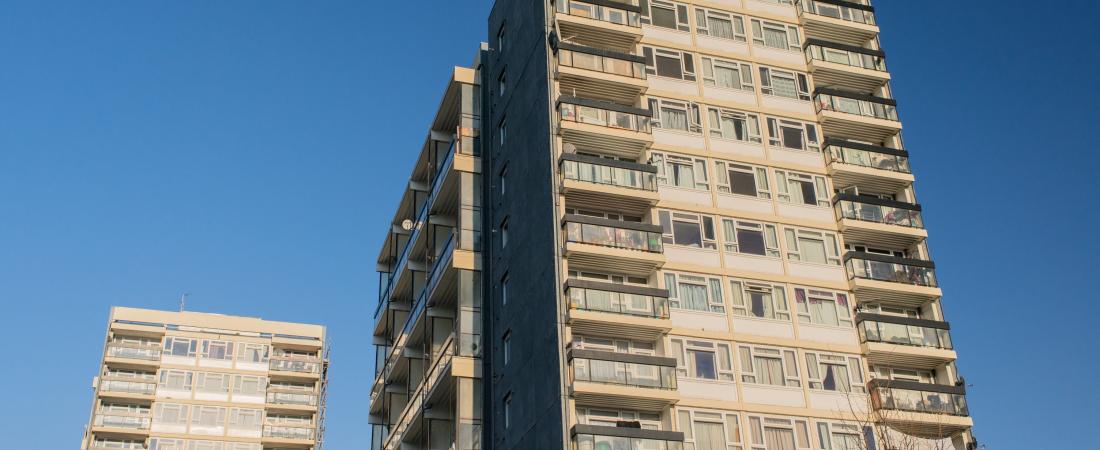
The government recently approved the PAS (publicly available specification) 9980: Fire risk appraisal and assessment of external wall construction and cladding of existing blocks of flats. This new code of practice has been introduced to give clear guidance for those undertaking fire risk appraisal and assessments (FRAA) and aims to clear the confusion caused by the EWS1 scheme. It has been created by the British Standards Institute (BSI) at the request of the government in order to solve issues faced by leaseholders and building owners. It is applicable only to buildings in England.
Key Takeaways from the PAS 9980
• PAS 9980 is meant to be used by fire engineers and other competent building professionals, as it gives them clear guidance on conducting fire risk appraisals and assessments. This aims to promote consistency in the industry.
• It also outlines various recommendations to check the competency of the professionals conducting the FRAEW (Fire Risk Assessments of External Walls) in order to ensure that the person carrying out the assessment is qualified to carry out such assessments.
• The PAS 9980 introduces a five-step process to help with identifying the various risk factors that affect the risk rating of a building and gives guidance for providing steps to improve the risk rating.
• This latest code of practice helps classify buildings into three risk outcomes – Low Risk, Medium Risk and High Risk. The responsible person conducting the Fire Risk Assessments of External Walls is required to categorise the building according to the assessment in any of the above-mentioned categories based on the fire performance of the building.
• For buildings that have been categorised as high risk after the FRAEW, the fire expert will be required to identify the action needed to improve the fire performance of the external wall systems.
• The PAS 9980 was meant to clarify the scope of the Consolidated Advice Note that mentioned that buildings of any height needed to have the EWS1 form and it does. It states, ‘This PAS addresses the risk from fire spread over the external walls of multistorey blocks of flats of any height and not just those over 18m; while for many years, within the supporting guidance to building regulations, more stringent fire performance has been specified for buildings over 18m in height, the fundamental requirement for external walls adequately to resist fire spread applies irrespective of height.’
• According to PAS 9980, balconies have been classified into three categories:
a) those which fall entirely within the curtilage of the building structure;
b) those which project beyond the main building structure but do so on an extension of the floor slab;
c) those which project beyond the main building structure and are fixed to the outside face of the building.
Regardless of which category the balcony falls into, all materials used to line the balcony need to be examined and their role in contributing to the external fire spread needs to be taken into consideration.
- The PAS 9980 establishes that combustible balconies can be a major complicating factor that will be considered while categorising the building as low risk, medium risk or high risk. Combustible materials like composite decking or timber in the decking systems of balconies will need replacement with non-combustible materials.
Implications of the PAS 9980
The industry had hoped that the PAS 9980 would reduce the buildings in scope, and clarify the confusion caused by the Consolidated Advice Note that mentioned that multi-occupancy buildings of any height would require an EWS1 evaluation. But the PAS 9980 does not do so. This means that mortgage lenders and professional indemnity insurance providers could continue to adopt the same practices, leaving leaseholders and building owners trapped.
Do you have balconies that need remediating? Even if you’re not sure, the MyDek team is here to help. Please reach out to our sales or technical team and book in an initial discussion call. Our promise to you is that we will give you unbiased, honest advice to the best of our ability and will not recommend anything that is not in your best interest. Our mission is making balconies safer places and this drives the passion behind all that we do.

Pingback: Latest Industry Insights: Withdrawn Consolidated Advice Note and Building Safety Plan | Non-Combustible Balcony Decking - Balcony Decking Systems | MyDEK